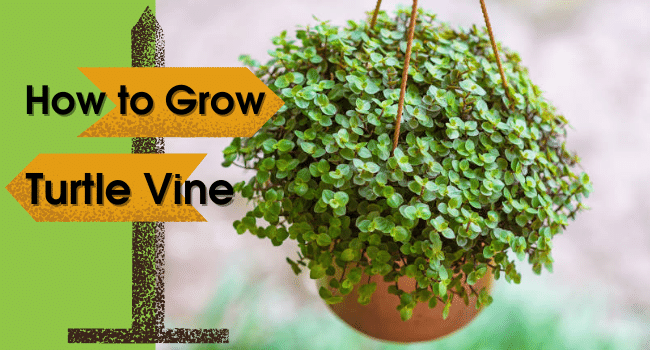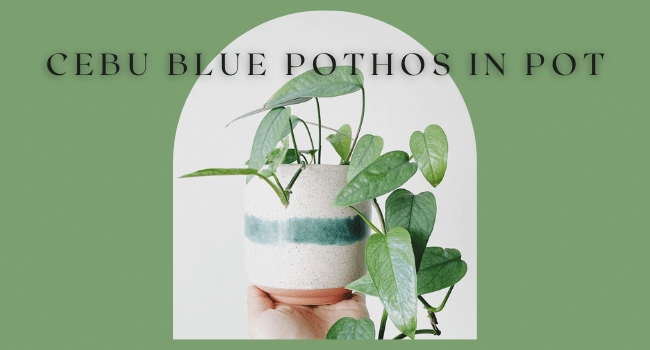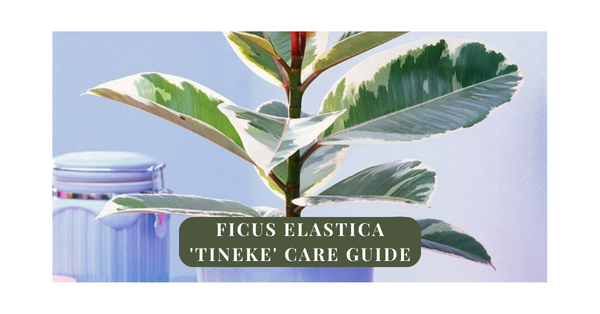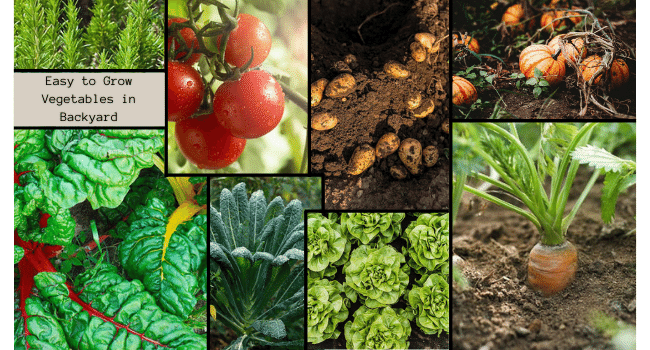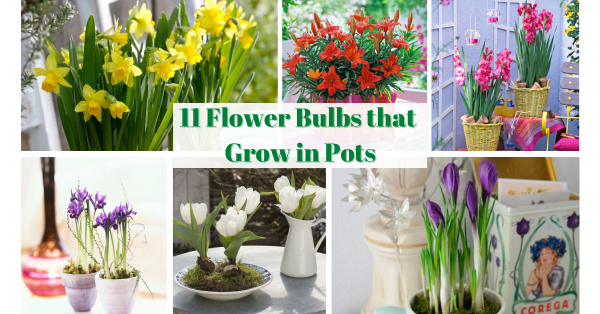Crassula Tetragona Care | Everything About Growing Crassula Tetragona
Crassula Tetragona is one of the most showy succulent. Know more about Crassula Tetragona Care and growing tips in this post!

Botanical Name: Crassula tetragona
USDA Zone: 9-11
Crassula tetragona or Mini Pine tree is a great succulent to make a statement in both the indoor and outdoor spaces. Reaching a height and spread of around 3 feet, it appears to be a bonsai or miniature tree, hence Mini Pine Tree. The needle-like foliage is branched and has a shrub-like growth habit. Without wasting any more time, here is all you need to know about Crassula Tetragona care in the container.
How to Grow Crassula Tetragona
Locate the pot at a spot where it receives bright indirect light, be it windowsill, balcony, or patio. Choose a potting mix designed for succulents or cacti that’s well-draining. Do not overwater as it leads to root rot and water only when the soil becomes dry an inch below the surface. Get rid of pests by using neem oil or soap solution over the foliage.
Also Read: Best succulents for Indoor space!
Propagate Crassula Tetragona
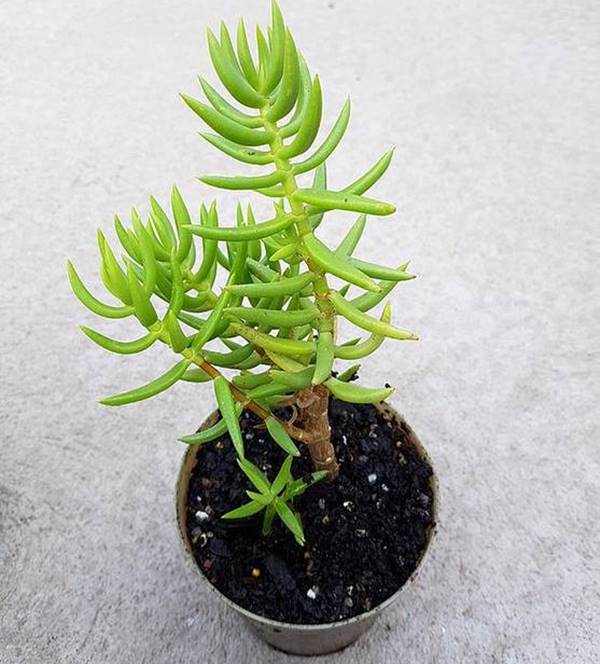
There are many ways to propagate Crassula tetragona, including propagation from cuttings, leaf cuttings, offsets, and seeds. The quickest way to propagate the plant is from leaf or stem cuttings, as the plant takes a couple of years to produce offsets. Here are the detailed steps to propagate plants from cuttings.
- Take a leaf or stem cutting using a sharp pair of scissors just below the node.
- Allow the cutting to sit for a couple of days to callous before planting.
- Plant the cutting in a well-draining potting mix and water well.
- Locate the pot at a spot where it receives ample bright indirect light.
- Within a couple of weeks, the cutting will root, and soon you’ll have a baby Crassula tetragona!
Choosing the Container
Go for a container that’s 10-12 inches deep and wide, as the plant can grow quite big when mature. Don’t fret about the material of the pot; whatever goes well with the surrounding ambiance will work. Make sure the pot has drainage holes at the bottom to get rid of excess water.
Location
It thrives from bright indirect light to direct sunlight, so in the indoor space, place it at a spot where it receives ample sunlight. You can also place the pot at a well-lit window, balcony, or patio. Grow lights are a good option if winters in your region are dark and gloomy.
Soil
Being succulent, it thrives on soil that’s well-draining and rich in organic matter. Go for a potting mix explicitly designed for succulents, or prepare your potting mix. Do not use garden soil as it can be contaminated and not fit for growing succulents.
Watering
Like other succulents overwatering is the death of Crassula tetragona as well. Water only when the soil is dry an inch below the surface, which you can check by sticking your finger in the soil. The ideal is to keep the soil moist but never let it turn soggy.
Temperature
It does well in temperatures ranging from 35 degrees F to 90 degrees F and is cold hardy to zone 10 (30 degrees F). If the winters are harsh in your region and the temperature falls below freezing, it’s better to bring the plant indoors and protect it from frost and cold. In scorching heat, protect the plant from exposure to direct sunlight as it can cause sunburnt leaves.
Crassula Tetragona Care
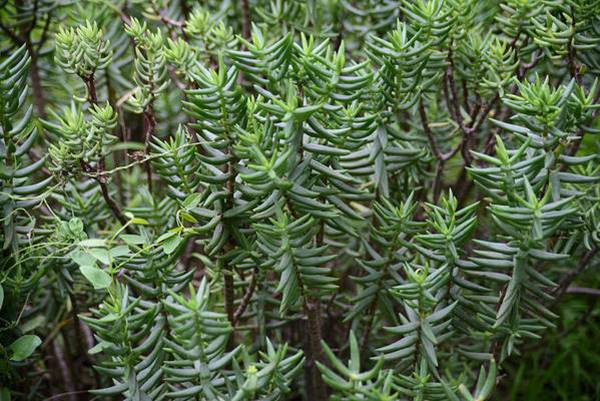
Pruning
Occasional pruning is needed to keep the succulent in the desired shape and get rid of dead and decaying parts. Pruning promotes new growth and keeps the plant compact. Make sure to use a sterilized and sharp tool for pruning.
Fertilizing
Although fertilizing isn’t necessary, it can boost the plant’s growth, especially during the growing season, spring and summer, and promote blooming. Use a well-balanced houseplant or cacti fertilizer and feed the plant with fertilizer diluted half or quarter to its strength. Do not overfertilize as fertilizing once or twice a month will suffice.
Pests & Diseases
Common garden pests such as Aphids, mealybugs, spider mites can cause damage to the foliage, among which mealybugs are the main culprit. Wet foliage leads to various fungal diseases, and so does overwatering, so be cautious while watering.
